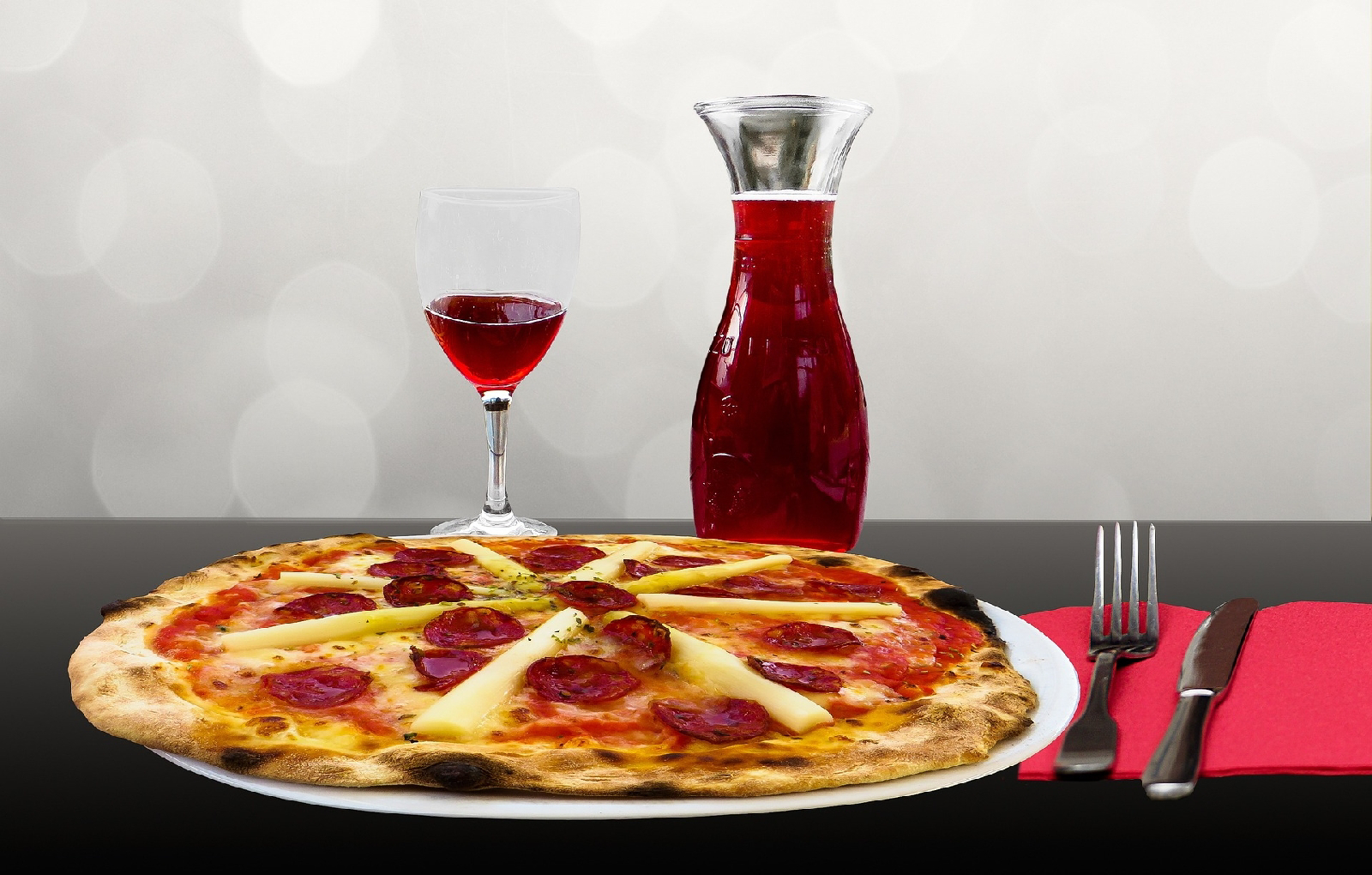## Introduction to Vitamin D
Vitamin D is an essential nutrient that plays a crucial role in maintaining strong bones, immune function, and overall health. It is a fat-soluble vitamin that can be obtained through diet, sunlight exposure, and supplements. In this article, we will explore the importance of vitamin D and highlight various food and drink options that are rich in this vital nutrient.
## Food Sources of Vitamin D
Vitamin D is naturally found in some foods, although the amounts can vary depending on the food item and its origin. Here are some of the richest food sources of vitamin D:
- Fatty fish: Fatty fish like salmon, mackerel, and sardines are excellent sources of vitamin D. A 3-ounce serving of cooked salmon, for example, contains around 600 IU of vitamin D.
- Fortified dairy products: Many dairy products, such as milk, cheese, and yogurt, are fortified with vitamin D. A cup of fortified milk contains around 100 IU of vitamin D.
- Mushrooms: Some mushrooms, like shiitake and portobello, are exposed to UV light to increase their vitamin D content. A 3-ounce serving of shiitake mushrooms contains around 100 IU of vitamin D.
- Egg yolks: Egg yolks are another good source of vitamin D, with a large egg yolk containing around 40 IU of vitamin D.
- Fortified cereals: Many breakfast cereals are fortified with vitamin D, making them a convenient way to boost your intake.
## Drink Options with Vitamin D
In addition to food sources, there are also several drink options that contain vitamin D. Here are a few examples:
1. **Fortified orange juice**: Some brands of orange juice are fortified with vitamin D, making it a great way to start your day.
2. **Vitamin D-fortified plant-based milk**: For those who are lactose intolerant or prefer plant-based milk alternatives, many brands offer vitamin D-fortified options.
3. **Vitamin D-enhanced water**: Some bottled water brands are now fortified with vitamin D, providing an easy way to stay hydrated and boost your vitamin D levels.
## Benefits of Vitamin D in Food and Drink
Consuming vitamin D through food and drink has numerous benefits, including:
#### Stronger Bones
Vitamin D plays a crucial role in maintaining strong bones by regulating calcium levels in the body. This is especially important for children and adolescents, as it helps them develop strong bones and teeth.
#### Improved Immune Function
Vitamin D has been shown to have immunomodulatory effects, meaning it can help regulate the immune system and prevent illnesses like the common cold and flu.
#### Reduced Risk of Chronic Diseases
Adequate vitamin D intake has been linked to a reduced risk of chronic diseases like heart disease, diabetes, and certain types of cancer.
## Tips for Increasing Vitamin D Intake
Here are some tips to help you increase your vitamin D intake through food and drink:
* **Eat fatty fish at least twice a week**: Fatty fish are one of the richest natural sources of vitamin D, so try to include them in your diet as often as possible.
* **Choose fortified dairy products**: When shopping for dairy products, opt for ones that are fortified with vitamin D.
* **Take a vitamin D supplement**: If you're struggling to get enough vitamin D through food and drink, consider taking a supplement after consulting with your healthcare provider.
* **Spend time outdoors**: While it's essential to practice sun safety, spending time outdoors can help boost your vitamin D levels naturally.
## Conclusion
In conclusion, vitamin D is an essential nutrient that can be obtained through a variety of food and drink sources. By incorporating vitamin D-rich foods and drinks into your diet, you can help maintain strong bones, support immune function, and reduce the risk of chronic diseases. Remember to always consult with your healthcare provider before taking any supplements, and make sure to practice sun safety when spending time outdoors. With a balanced diet and a healthy lifestyle, you can ensure you're getting enough vitamin D to support overall health and well-being.










